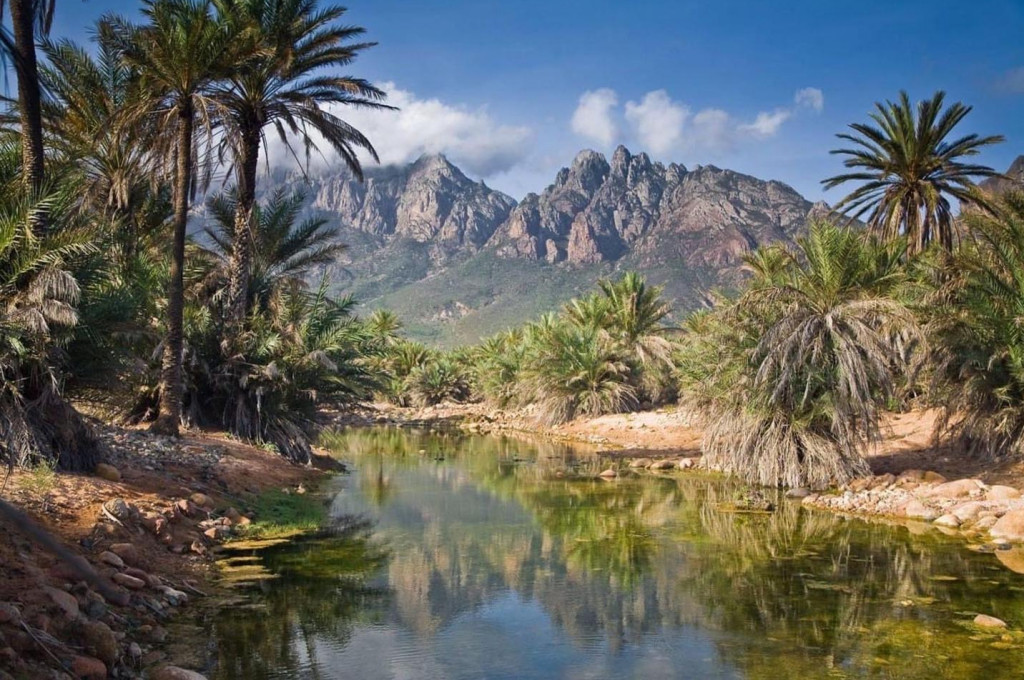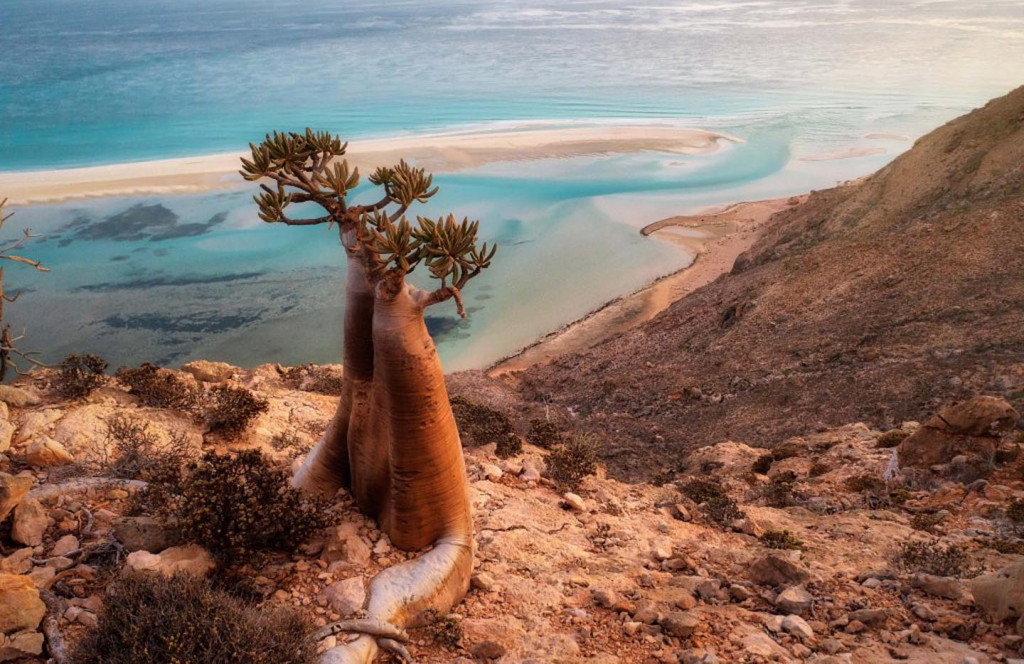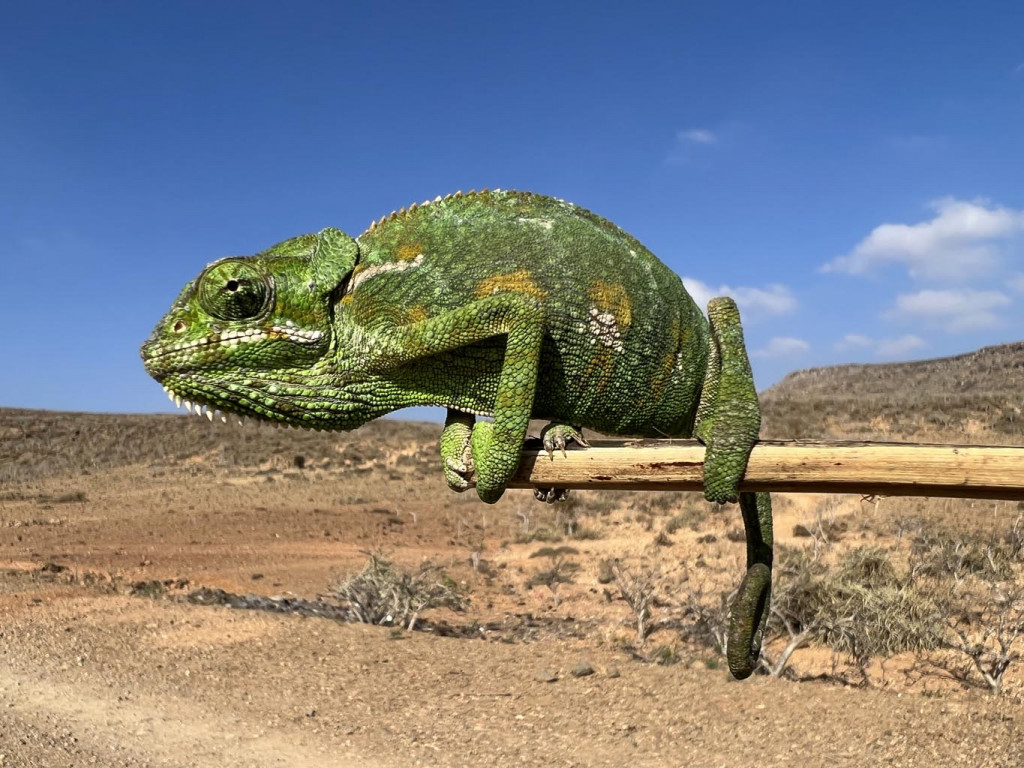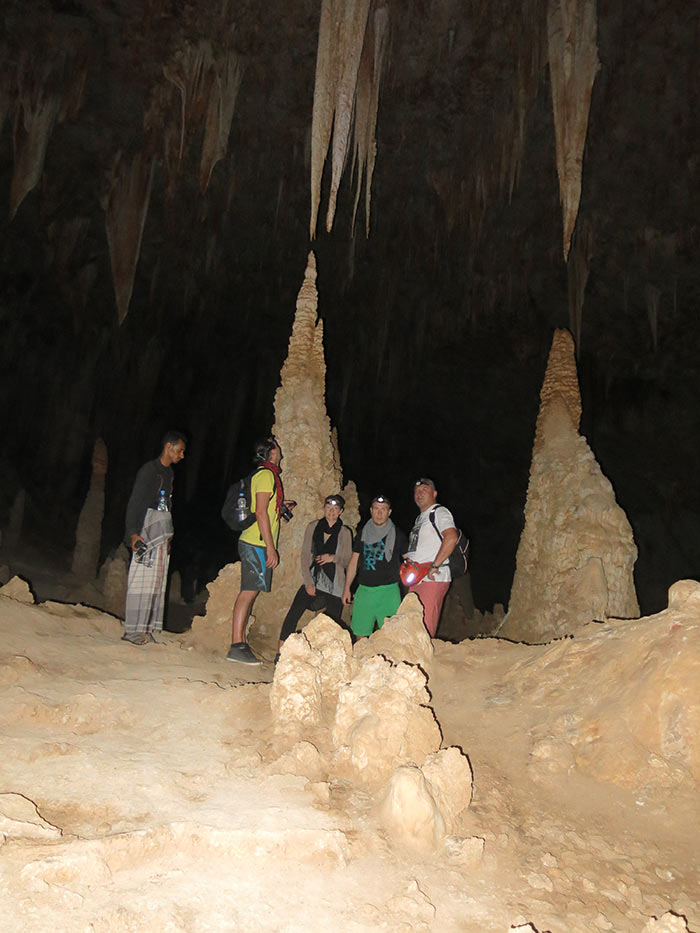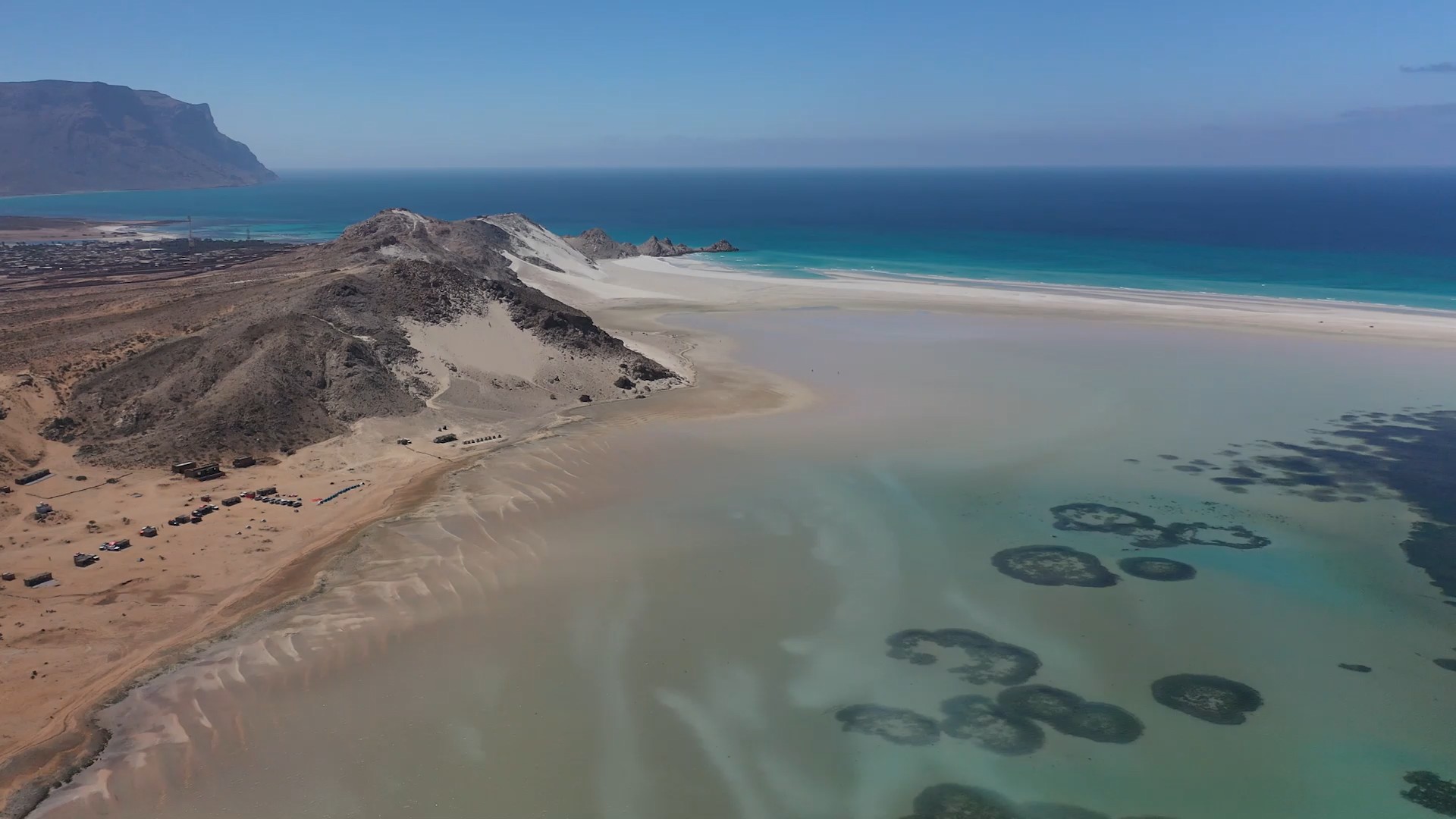

Things to do
What to See and Do on Socotra?
The unique image of this incredible land is shaped by the iconic dragon’s blood trees, also known as Dracaena cinnabari. One-third of the island’s plant species are found nowhere else in the world. Another typical representative of Socotra’s endemic flora—adding a bizarre touch to the landscape—is the desert rose succulent, or "bottle tree" in Czech. You'll also encounter other rare species such as cucumber trees and frankincense trees.
The diverse vegetation is followed by towering mountains reaching up to 1,500 meters, and massive granite formations interwoven with unexplored caves revealing yet another hidden face of nature. There are also hundred-meter-high sand dunes shaped over centuries by monsoon winds, and limestone plateaus carved by massive canyons and wadis that reach deep into the mountainous interior.
Also bearing witness to nature’s astonishing ingenuity are small creatures, 90% of which are endemic—thanks to the island’s long-term isolation and limited human presence. With a bit of luck, you might spot a rare civet or chameleon.
You’ll also be amazed by the underwater world, whose biodiversity in many ways surpasses that of the Red Sea. Dolphins, giant plankton-eating sharks, rays, sea turtles, and many species of rare fish and corals create a unique ecosystem and a vibrant world beneath the surface.
You can look forward to underwater adventures and exploring this natural aquarium.
It’s no wonder Socotra is often called the Galápagos of the Indian Ocean.
The pristine untouched nature will envelop you and etch itself into your memory with its unmistakable character—miles away from the over-technologized world of the West. Even the sunset, the sky full of stars, or evenings scented with sea breeze are truly powerful experiences on Socotra.
And Socotra has much more to offer...
Including the incredible hospitality of the local people, who live modestly in harsh climatic conditions, with strong family and community ties. They do not view each other as competitors but as people who need and help one another. They live happily and with smiles on their faces, despite the island’s unforgiving conditions.


